Helix Piercing: 5 Types, Pain Levels, Jewelry & Aftercare
Get inspired for your next ear piercing and elevate your ear game with elegance.
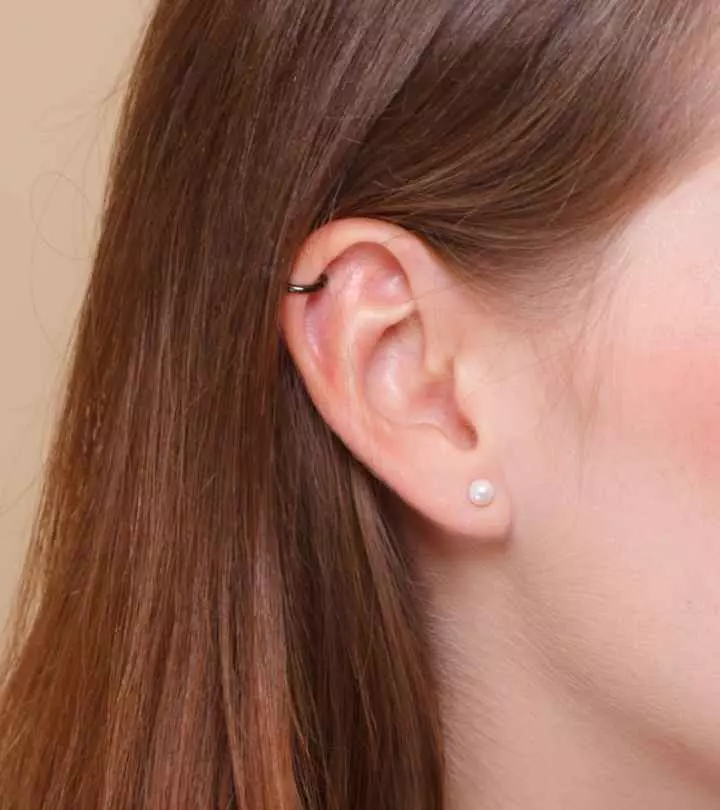
Image: Shutterstock
If you are thinking about going beyond the traditional earlobe piercing and trying something new, a helix piercing could be your next step. This piercing is usually placed toward the top of the ear and on the cartilage. Whether to make a bold statement or add a delicate detail, a helix piercing or outer cartilage piercing is widely popular among newbies and expert body modifiers. If you are considering getting this piercing done, you have come to the right place. This comprehensive guide details everything about the helix piercing — different types, its pain level, jewelry options, aftercare measures, and so on. Scroll down to learn more about it.

 Piercing Guide: Helix Piercing
Piercing Guide: Helix Piercing- Placement: Outer rim of the upper ear cartilage
- Best Jewelry: Studs
- Cost: $30 to $75
- Pain Level: Medium
- Healing Time: 4 to 12 months
In This Article
Different Types Of Helix Piercings
Any piercing done on the upper cartilage of the ear is helix piercing. It has numerous variations based on the number of perforations and their placement. Let us learn about different types of helix piercings below:
1. Standard Single Helix Piercing
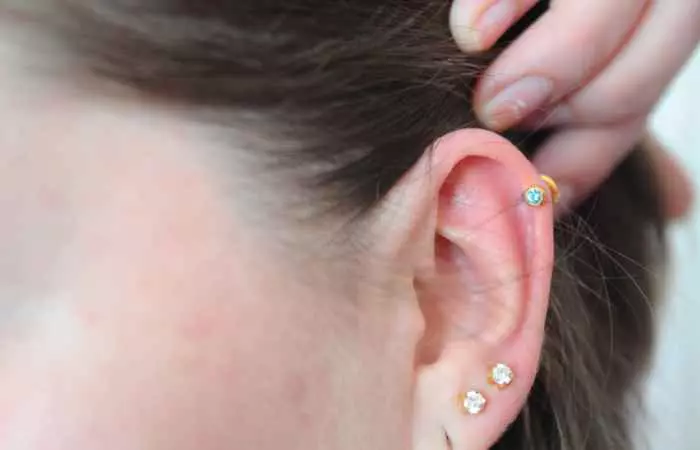
This is the most common type of helix ear piercing. It is a single puncture done on the upper cartilage, near the outer rim of the ear. Many call it hidden helix piercing as the hole is slightly tucked inside the fold of the helix and sometimes becomes difficult to notice.
 Trivia
Trivia2. Double Helix Piercing
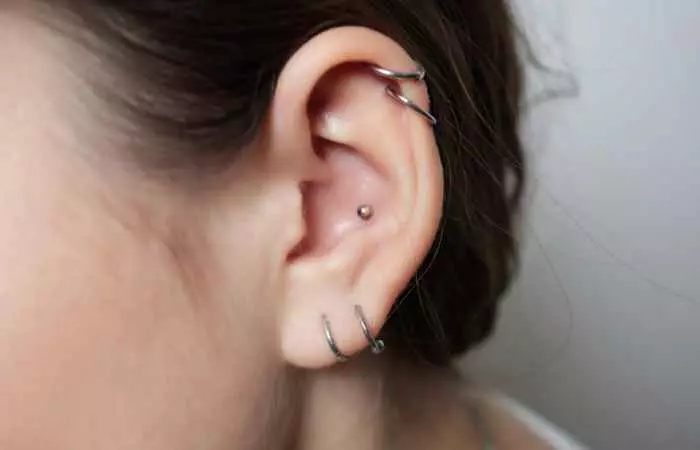
This refers to two upper helix piercings done vertically, one on top of the other. It is advised to get a double helix piercing done by an experienced piercer as the perforations need to be equally spaced for easy removal of double helix piercing jewelry. While you can get both piercings together, many prefer getting one piercing at a time and going for the other after the first one is healed.
3. Triple Helix Piercing

As the name suggests, triple helix piercing includes three holes vertically in the upper cartilage. The piercings need to be done with precision so that each puncture complements the other and forms an angle with them while being strategically spaced. This would ensure the triple helix piercing jewelry looks beautiful and elegant and you face no difficulty while removing them. Although it is possible to get all three piercings together, it is recommended not to do so as the swelling would be too much and it would prolong the healing time.
4. Forward Helix Piercing

Forward or anti-helix piercing is done on the cartilage horizontally opposite to the standard helix piercing site. It is located near the root of the ear in the ear cartilage closest to the face. Any earring worn here faces forward, hence the name. You can go for double or triple forward helix piercing for a statement-making look.
5. Mid-Helix Piercing
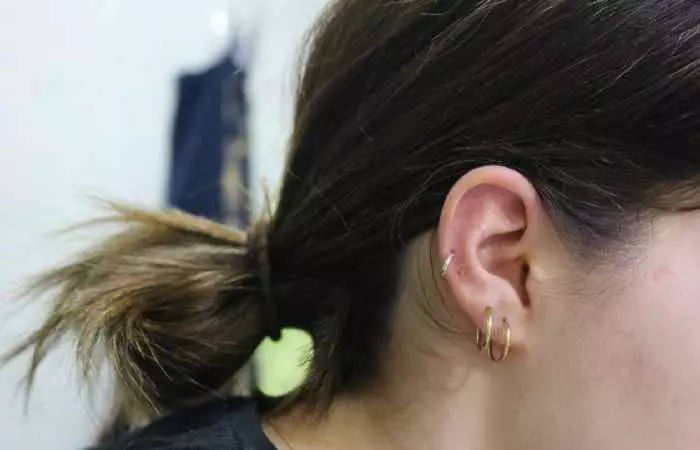
A mid-helix piercing is done on the middle of the ear cartilage before the lobes start and below the upper rim of the ear. The area has thin cartilage and can be pierced easily but leaves limited options for jewelry. Small hoops and studs are the most comfortable fit for this piercing. You can also get double, triple, or more mid-helix piercings.
A survey was conducted on 5,000 French people (19.4% women and 8.4% men) with body piercings to determine their age and the location of the piercings. The prevalence of body piercings was highest in individuals between 25 and 34 years (25.8%). The top area to get pierced was the external ear (42%) followed by the navel (24%), tongue (15%), and nose (11%).
The pain level of each piercing differs. If you are wondering how much helix piercing hurts, read the next section to find your answer.
Key Takeaways
- Helix piercing is said to offer relief from the symptoms of allergies and help improve insomnia.
- Your initial jewelry for the piercing should be of titanium, gold, or stainless steel as they are safe and put less pressure on the piercing.
- Clean your piercing with saline solution twice daily to eliminate the risk of bacterial growth and infection.
Does A Helix Piercing Hurt?
Helix piercing generally hurts more than the earlobe piercing. The earlobes are mostly made of fleshy tissue while the helix consists of dense cartilage that requires more pressure to get pierced. On the pain scale, single helix piercing pain stands between 4-6 out of 10. However, remember the pain level every person experiences depends on their pain tolerance level.
The pain intensity multiplies when double or triple helix piercings are done together. Of all the different types of helix piercings, the pain of front helix piercing is the most intense while the mid-helix is the least painful. The cartilage of the forward helix has more nerve endings compared to the upper helix, hence the former piercing tends to be more sensitive compared to other helix ear piercings.
Maine Lyn, a blogger, shared her experience with all her ear piercings, including two helix piercings. She got her first helix piercing on her 18th birthday. It was her third ear piercing and first experience with getting the piercing using a needle. She scored her pain 4.5 out of 10. In her blog, she wrote, “The painful part was when the piercer was twisting the jewelry around to put it inside, otherwise it was bearable. I did feel the needle going in, but only for a bit (i).” She further explained, “For the first hour or so, my ear felt like it was burning until my friends convinced me to eat something cold (ice cream) which reduced the burning sensation.”
While it may hurt a little, the helix piercing is believed to have some benefits. The next section explores the benefits of this piercing.
Helix Piercing Benefits
According to traditional Chinese medicine, there are 200 acupoints in our ears (1). Auriculotherapy (the use of acupuncture therapy on the pressure points in the ears) may improve the overall well-being of individuals. Here are some benefits of helix piercing.
- Helix piercing may help reduce the symptoms of throat infections such as sore throat and congestion (2).
- It may also help with insomnia as clinical studies show that acupuncture may be more effective than medications (3).
- Ear acupuncture may help to relax and improve mood as well as alleviate anxiety (4). Therefore, a helix piercing may also have similar effects.
After knowing the above benefits, if you are willing to get this piercing then you should also explore the options in piercing jewelry. The next section discusses the different metals and types of jewelry for helix piercing.
Helix Piercing Jewelry
Helix piercing placement allows you to choose from a plethora of earring options. Let us discuss the metals and jewelry types best suited for this kind of piercing.
Metals
1. Titanium
Implant-grade or surgical titanium is a lightweight, corrosion-resistant, and hypoallergenic metal (5). It is a good metal for helix piercing as it puts less pressure on the fresh piercing.
2. Gold
Solid 14k gold with no cadmium and nickel is a suitable metal for all types of jewelry. However, avoid gold plated or 9k gold metal as they are too soft. The quality of the metal does not degrade over time even when exposed to moisture.
3. Stainless Steel
This is a popular choice of metal as it is available in various shapes and colors. It is high-quality and durable but does contain traces of nickel, making it unsuitable for people with sensitive skin and those allergic to it (6).
The next section suggests a few types of jewelry that suit best with these metals.
Jewelry Types
1. Studs
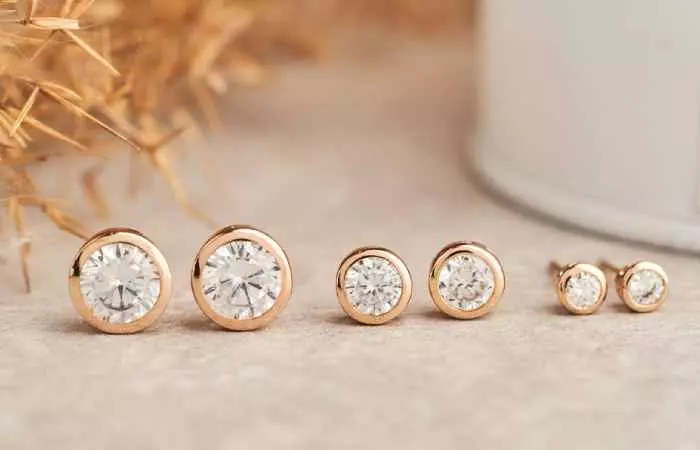
You are most likely to start with studs for your helix piercing. They do not put much pressure on the holes and allow space for swelling. The piercing studs look cute while the gemstones add subtle dazzle to your appearance. The flat back is comfortable to wear and has fewer instances of getting entangled in your hair.
2. Hoops
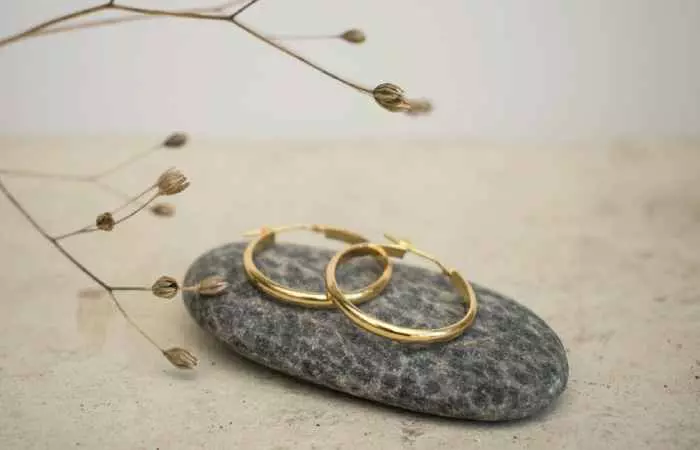
For an extravagant look, opt for hoops or rings. You can switch to hoops for helix piercing after your perforations have healed. Do not wear them on fresh piercings as they put pressure on the holes and can snag easily on hair and clothes. If you have double or triple helix piercings, opt for helix hoop piercings as they create a visually appealing look.
3. Barbell
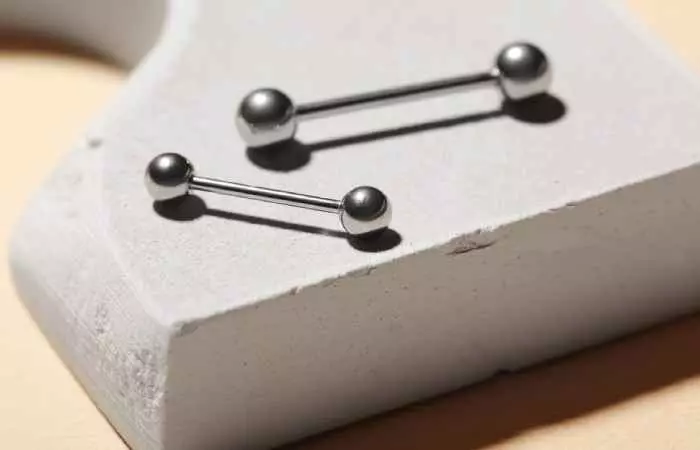
Curved, circular, and straight barbells make bold statements. The curve of the helix-piercing jewelry is gentle on the hole and does not dig into the back of the ear. It is perfect for people who have multiple beaded earrings.
Maine got a circular barbell as her initial jewelry. She wrote, “Circular jewelry moves around a lot which aggravates the fresh piercing. It also gets caught in everything from your hair to your clothes to other people’s clothes when they hug you too tightly. I also asked for a higher positioning on the ear, so it did get irritated by my spectacles (i).”
The jewelry enhances the appeal of your ears but you need to care of your piercing so that it heals properly. The next section discusses the healing time of the helix piercing and how to take care of it.
Helix Piercing Aftercare
The healing time of helix piercing and its aftercare determines the health of your piercing. Follow the guide below to let your piercing heal properly and ensure it stays healthy.
Helix Piercing Healing Time
A helix piercing may take 4 months to 1 year to heal (7). The cartilage at the helix has fewer blood vessels compared to the earlobe, hence this piercing takes longer to heal. However, the healing time of each person varies as factors like sleep, stress, and aftercare largely influence the healing process. If not cared for properly, the healing period can get prolonged, or worse, you might need to get your hole re-pierced.
If you want to quicken the healing process of your piercing, clean it regularly. Read the section below to learn how to care for your helix piercing.
How To Clean Helix Piercing
Follow proper helix piercing aftercare measures suggested by the piercer to avoid further complications. Clean your piercing daily to prevent bacteria from developing at the site. You may use a saline solution to clean your piercing. Follow the steps below to prepare the salt solution at home.
What You Need
- ¼ teaspoon of sea salt
- 1 cup of warm water
- Dampened cotton swab
- Cotton ball or Q-tip
What To Do
- Mix the sea salt in the water and stir it until the salt dissolves completely.
- Soak a cotton ball or Q-tip into the saline solution and let the extra fluid drain.
- Apply it to the front and back of the puncture.
- Use the dampened cotton swab to gently dab away any crust that developed on the piercing.
- Repeat it twice a day
Apart from cleaning, avoid using harsh chemicals on the area, and try not to take a dip in the pool or hot tub. Moreover, avoid touching the area or twisting the stud that has been inserted in the piercing (8). Adhering to these precautions is important to avoid infection and reduce the risk of inflammation or irritation.
 Pro Tip
Pro TipThe risk of getting infected helix piercing is high even after following aftercare measures. Read the next subhead to be aware of all the risks your helix piercing is exposed to.
Helix Piercing Risks
While it has its benefits, helix piercing also poses certain risks. Let us discuss them below:
- Poor blood flow in the ear may increase the chances of the piercing getting infected (9). The infected helix piercing may become red, swollen, sensitive, and filled with pus.
- Too much irritation in the piercing can form scars around the site.
- Bumps or keloids (raised scar tissue due to activation of the extra defense mechanism of skin) on helix piercing grow when the piercing gets rejected. Ear cartilage piercing is related to a higher rate of disfigurement and infections (10).
However, do not let the helix piercing risks discourage you. If you have decided to get the piercing, it is a better idea to compare the pricing to get the best deal. Read the next section for more information.
How Much Does Helix Piercing Cost
Typically, a helix piercing costs around $30 to $75. The price largely depends on the piercer, studio, and the location you choose. Experienced and reputable piercers charge high rates as they follow all the necessary precautions and safety measures. However, do not go for an inexperienced piercer to save costs. They may not ensure strict hygiene and their hands may not be stable. Also, check if the practitioner is certified and licensed.
Your jewelry choice would cost you extra in addition to the piercing cost. The price of the helix piercing earring will vary depending on the metal you choose.
When To Change Helix Piercing
In the beginning, the piercer will fix you with a piece of jewelry that gives space to the piercing and aids in its healing process. You should change the helix piercing jewelry only after the piercing has healed completely. Removing it too early can irritate the piercing or introduce it to bacteria and make it infected. The hole can also close up and may need to be re-pierced.
Maine switched to labret studs sometime after her piercing was healed. She stated, “I didn’t do that straightaway because I was afraid of setting back the healing process. It took me about 18 months to completely heal the piercing, then I waited another 6-8 months before changing them on my own because I didn’t want to take out the jewelry without being sure I knew it would stay in place.”
You also need to know how to change the earrings in a healthy piercing to avoid any complications. The next section discusses it in detail.
How To Change Helix Piercing
It is easy to change a helix piercing but ensure that it is properly healed before removing the earring. It is recommended to avail the help of your piercer to change your piercing for the first time. They will walk you through the steps on how to remove the piercing on your own so that you avoid pulling or snagging it by mistake.
When you are confident to change the piercing on your own, carefully remove the flat back of the stud or unscrew the bead of the barbell. Then, remove the bar from the hole. Insert the new earring in the same manner and secure it tightly.
If you are confused about the difference between helix and cartilage piercing, you need to read the next section.
Helix Vs. Cartilage Piercing
Helix piercing is a type of cartilage piercing and includes any perforation done on the outer rim of the ear. On the other hand, cartilage piercing is an umbrella term referring to most of the piercings done on the outer ears, such as tragus piercing, conch piercing, rook piercing, and daith piercing.
Helix piercing is done on the upper cartilage of the ear. It makes a bold statement and gives you an edgy and trendy look. It is extremely versatile, as you can experiment with different styles, placements, and jewelry options. Moreover, helix piercings are done close to acupuncture points and are said to help relieve insomnia and allergies, improve blood flow, and relax the muscles. However, like any other piercing, helix piercings require proper aftercare, as the cartilage is susceptible to infection and scarring. Therefore, it’s important to get it done by an experienced piercing professional and follow the aftercare instructions diligently. This way your piercing will heal properly, and you can rock a statement-making look.
Frequently Asked Questions
How do you choose the ideal piercer for a helix piercing?
Choose a reputable piercer with proper certifications, experience in cartilage piercings, excellent safety and health practices, and positive customer reviews for a safe experience.
What if my helix doesn’t heal?
If your helix piercing is taking too much time to heal or showing signs of irritation or infection, pay a visit to your professional piercer. They will guide you on what to do next, or visit a doctor to get additional guidance.
What size should I choose for my helix piercing jewelry?
The size of the helix piercing will depend on the anatomy of your ear. If you want to wear a ring, determine the thickness of your ear rim and opt for a helix ring piercing with a slightly larger diameter to fit comfortably. For a stud, initially go with a helix stud piercing with a long bar to accommodate swelling. Later, change it with small bar studs with the thickness of the rod depending on the size of your puncture.
What other piercing can I get after a helix?
You can get another helix piercing on top of the existing one or a forward helix to complement the previous piercing. You can also get a lobe piercing or a flat piercing to improve the appeal of your helix piercing.
Is a helix a good first piercing?
While you can get any piercing as your first piercing, it is generally advised to start your piercing journey with one that hurts minimum. Earlobe piercings have low pain levels and heal fast as well. If you have a high pain threshold, you can directly start with helix piercing.
How do you sleep with a helix piercing?
Sleep on a travel pillow until your piercing is completely healed. Wash the pillow to minimize the risk of infection and put your ear piercing in the hole of the pillow.
How long after a helix piercing can I swim?
Avoid swimming until your piercing is healed. Chemicals and chlorine in the water can infect the piercing site. However, if you have to step inside the swimming pool during the healing process, wash the piercing immediately after stepping out of the pool with clean water to remove chlorine and chemicals.
What should I do about an infected helix piercing?
It is normal to experience slight discomfort, irritation, light bleeding, and formation of crusties on the piercing. However, if you see pus or feel intense pain and swelling, consult your doctor immediately.
Helix piercings are stylish but can be a scary thought if you do not have a proper idea about what it is. The video below tells you everything you need to know before getting this piercing. Click on the play button to learn more.
Personal Experience: Source
StyleCraze's articles are interwoven with authentic personal narratives that provide depth and resonance to our content. Below are the sources of the personal accounts referenced in this article.
(i) MY EAR PIERCINGS EXPERIENCEhttps://mainelynreviews.blogspot.com/2018/01/my-ear-piercing-experiences.html
References
Articles on StyleCraze are backed by verified information from peer-reviewed and academic research papers, reputed organizations, research institutions, and medical associations to ensure accuracy and relevance. Read our editorial policy to learn more.
- Auricular Acupuncture and Vagal Regulation
https://www.ncbi.nlm.nih.gov/pmc/articles/PMC3523683/ - Efficacy of acupuncture on acute pharynx infections: A systematic review and meta-analysis
https://www.ncbi.nlm.nih.gov/pmc/articles/PMC10289600/ - Acupuncture for Treatment of Insomnia: A Systematic Review of Randomized Controlled Trials
https://www.ncbi.nlm.nih.gov/pmc/articles/PMC3156618/ - Auricular Acupuncture Versus Progressive Muscle Relaxation in Patients with Anxiety Disorders or Major Depressive Disorder: A Prospective Parallel Group Clinical Trial
https://pubmed.ncbi.nlm.nih.gov/27555224/ - Prevalence of Titanium Hypersensitivity in Patients with Titanium Implants: A Systematic Review and Meta-analysis
https://www.ncbi.nlm.nih.gov/pmc/articles/PMC8686894/ - Management of contact dermatitis due to nickel allergy: an update
https://www.ncbi.nlm.nih.gov/pmc/articles/PMC3047925/ - Body Piercing
https://youngwomenshealth.org/guides/body-piercing/ - Suggested Aftercare Guidelines For Body Piercings
https://safepiercing.org/wp-content/uploads/2025/04/APP_Body-Aftercare_2023.pdf - Body Piercing Infections
https://www.ncbi.nlm.nih.gov/books/NBK537336/ - Piercing Ear Keloid: Excision Using Loupe Magnification and Topical Liquid Silicone Gel as Adjuvant
https://www.ncbi.nlm.nih.gov/pmc/articles/PMC5921452/
Read full bio of Rodrigo Casco
Read full bio of Sangita Goel
Read full bio of Asmita De
Read full bio of Aparna Harry





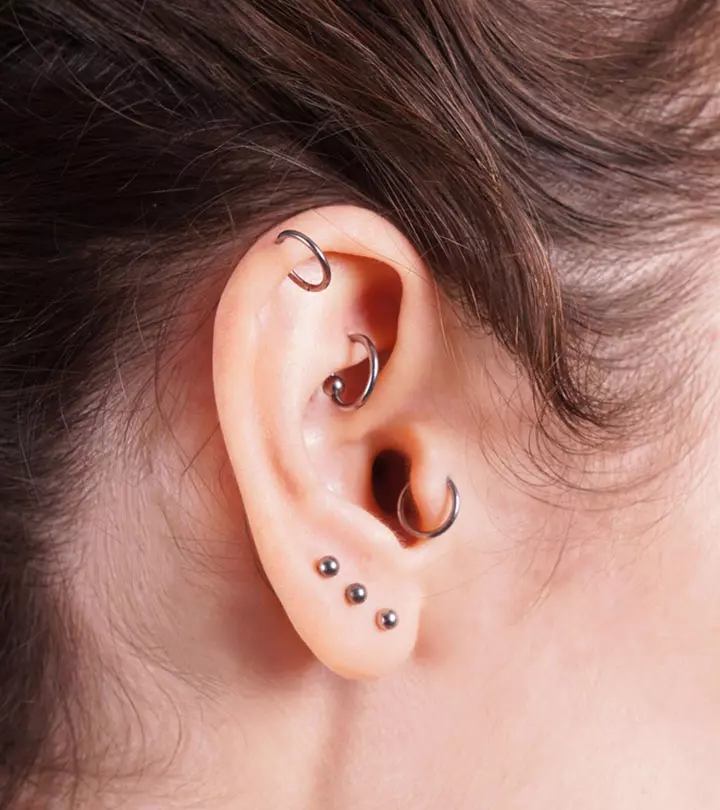
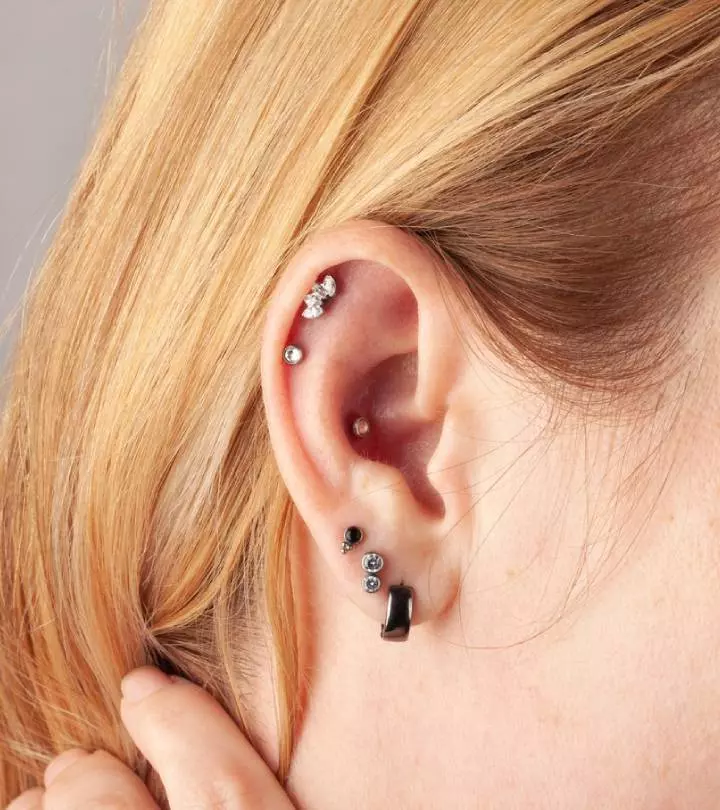
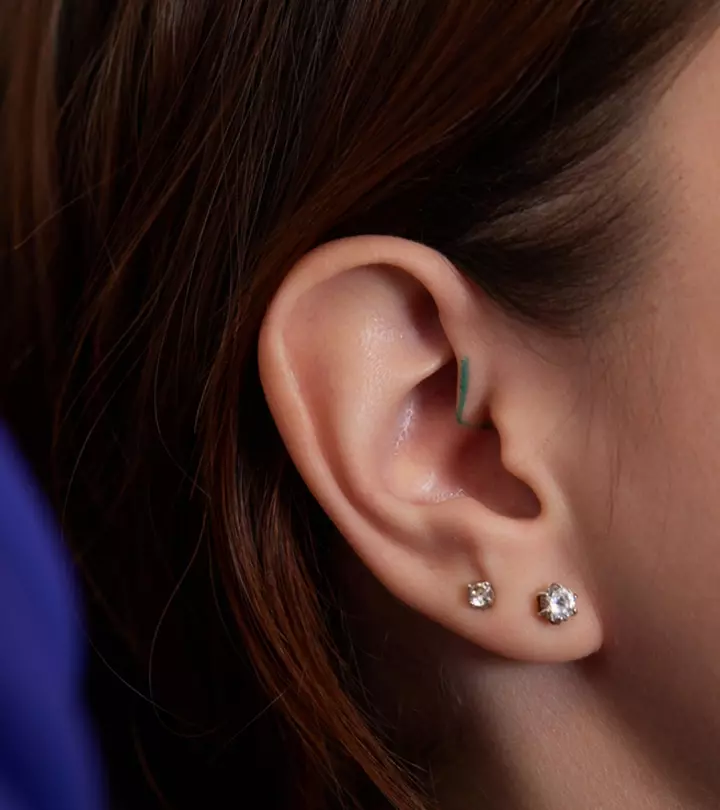
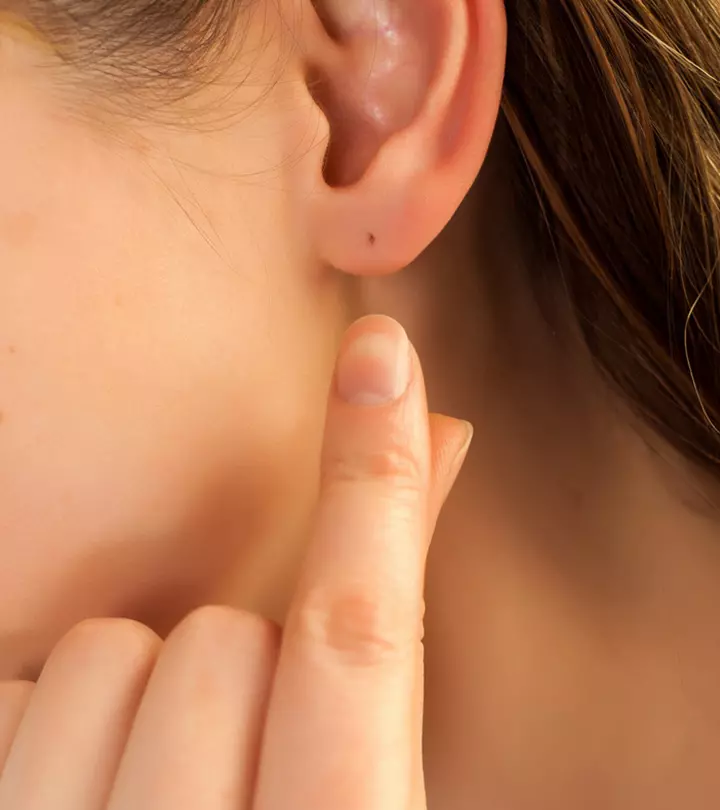
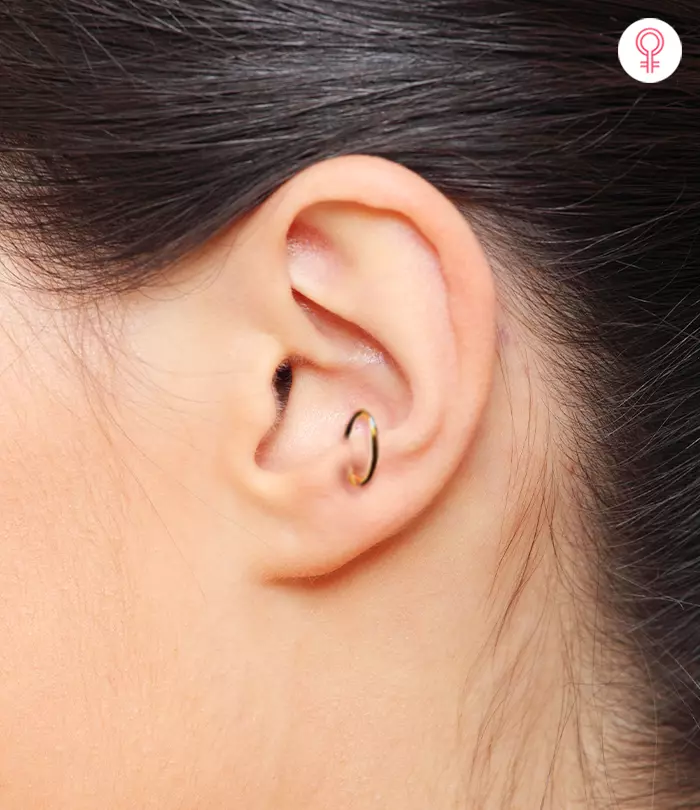
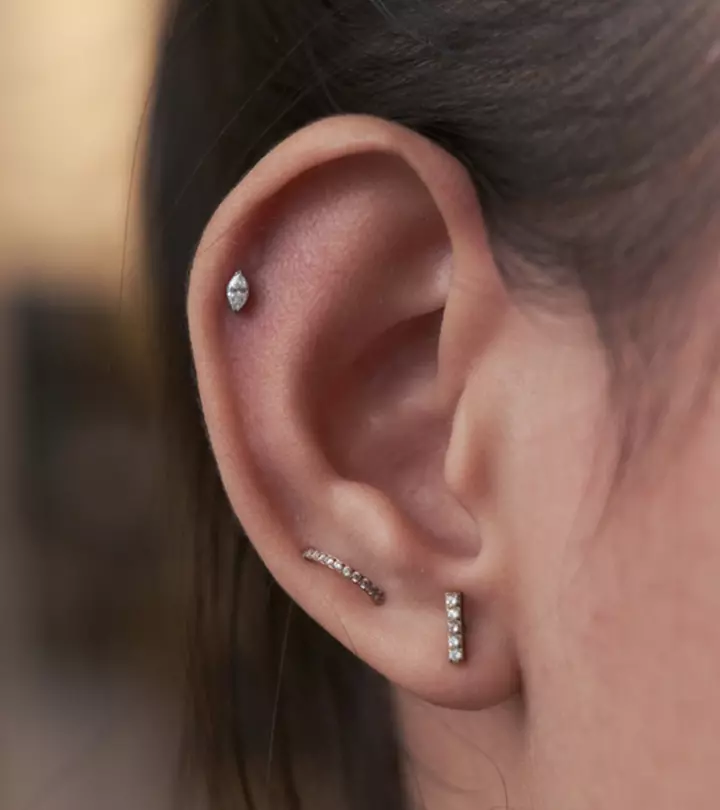
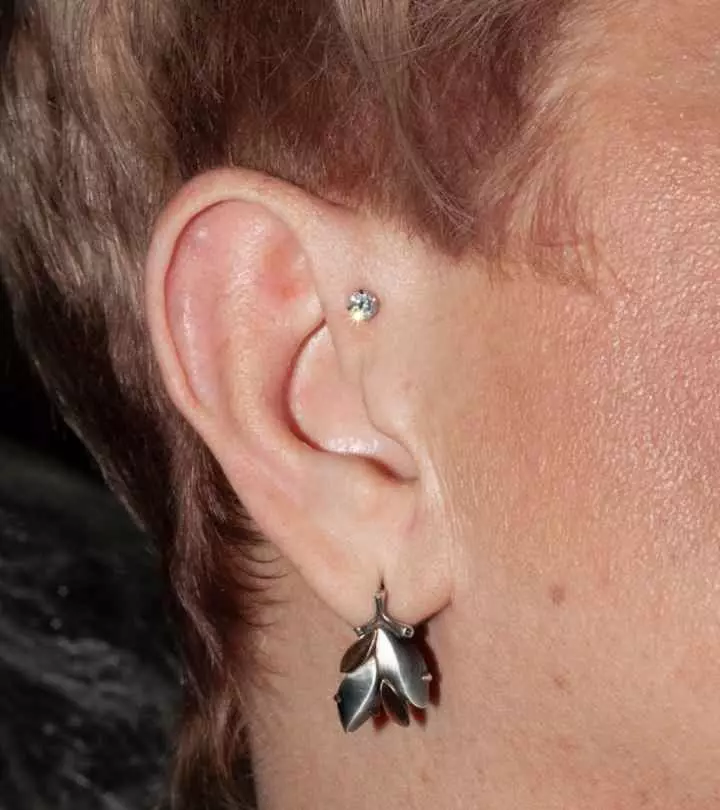
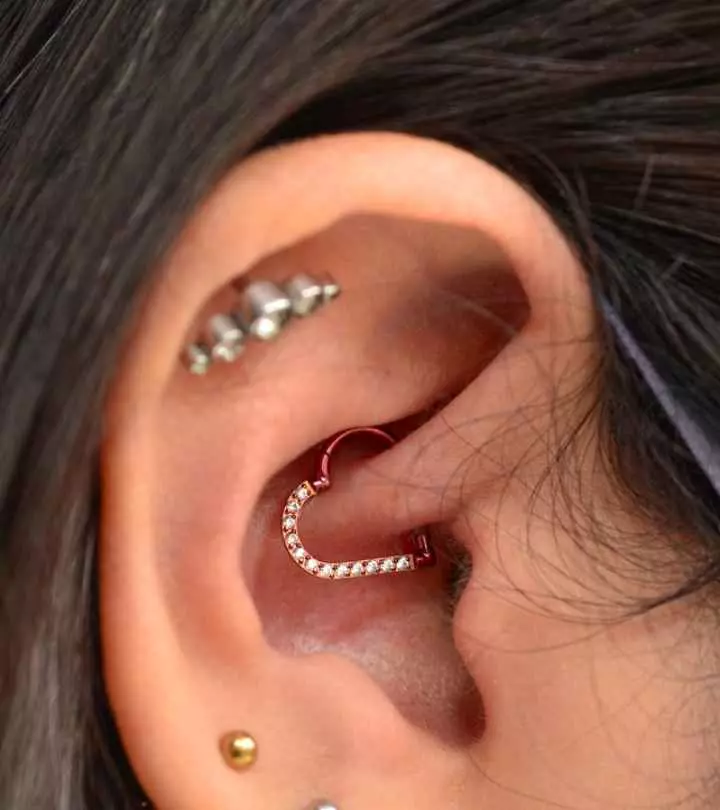
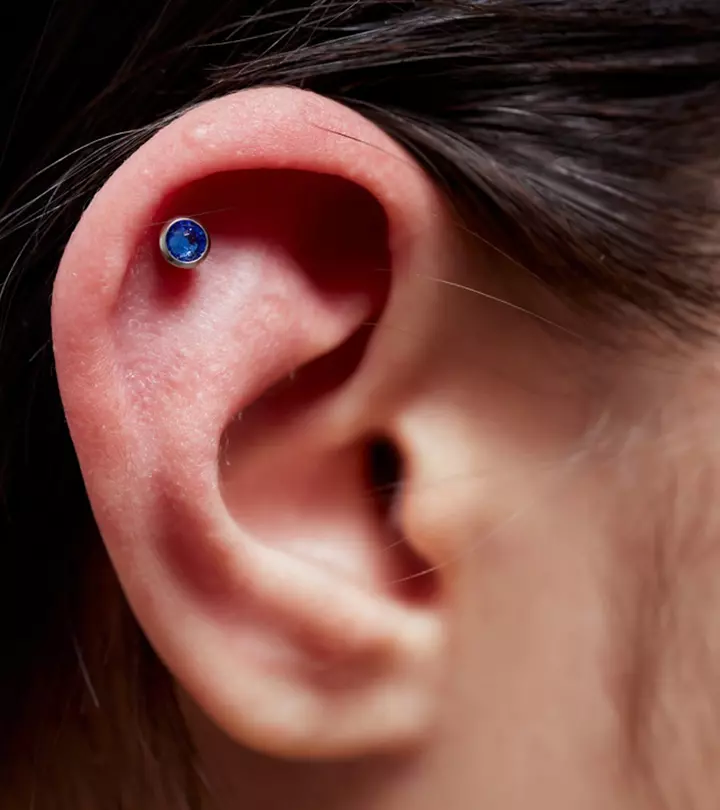
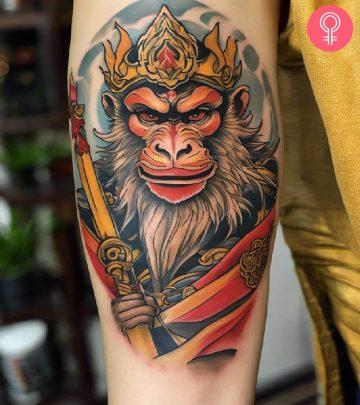
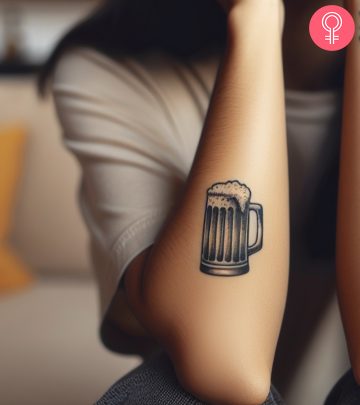


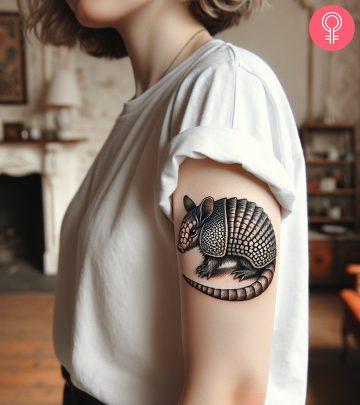

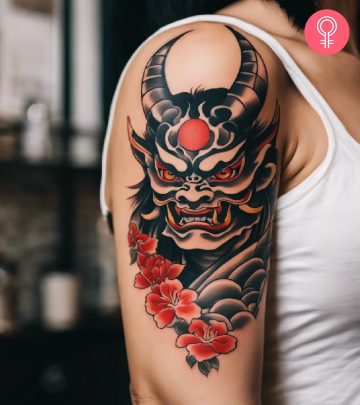
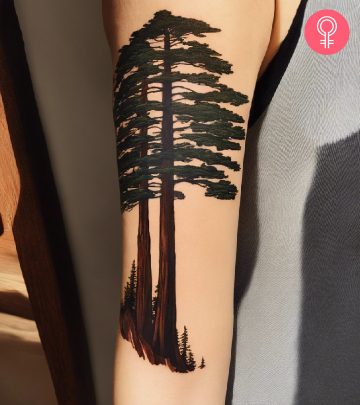
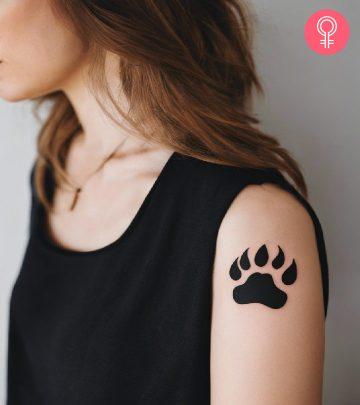
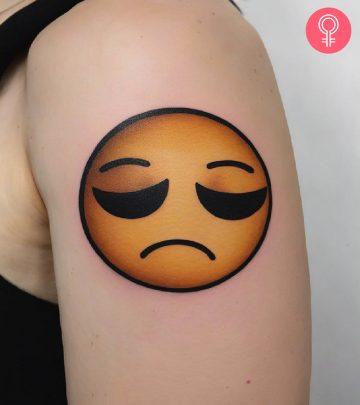
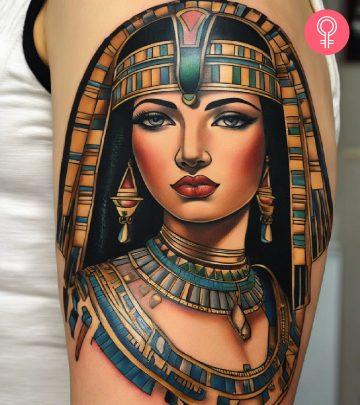
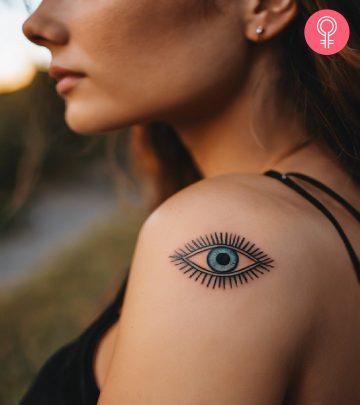
Community Experiences
Join the conversation and become a part of our empowering community! Share your stories, experiences, and insights to connect with other beauty, lifestyle, and health enthusiasts.